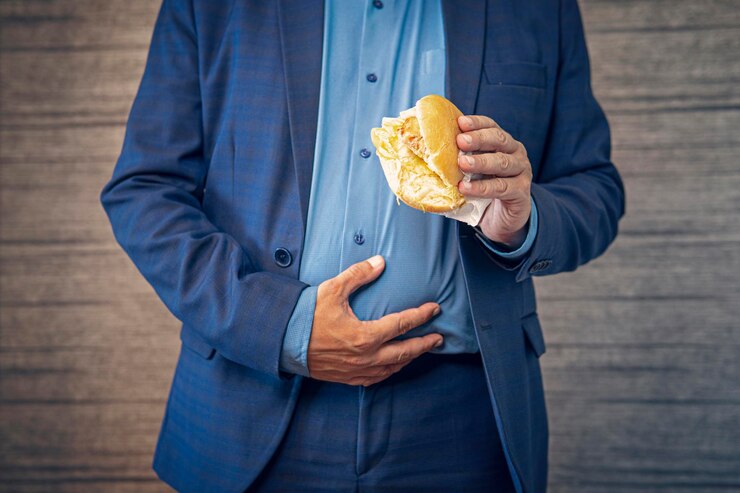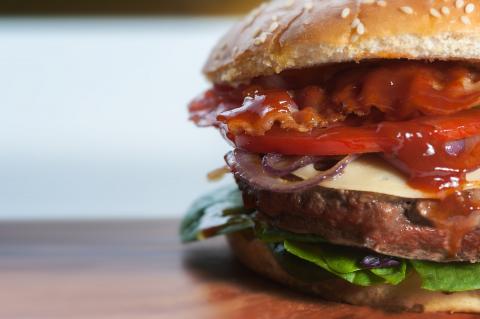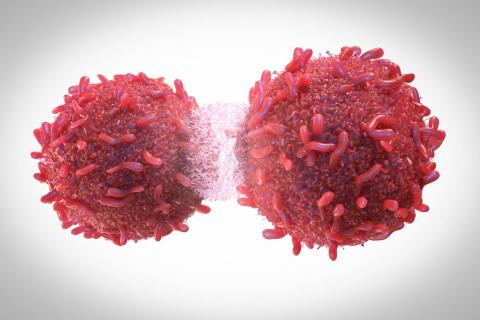Reaction to study that locates fat appetite in the gut
A study published in the journal Nature and conducted on mice has found that a communication between the gut and the brain stimulates the desire to consume fats, regardless of whether they can be tasted.

(EN) Luisa María Seoane - Grasas e intestino
Luisa María Seoane
Director of the Endocrine Physiopathology Research Group at the Health Research Institute of Santiago de Compostela (IDIS).
To maintain body weight at stable levels, the central nervous system is constantly informed by the peripheral systems about the state of the body's energy reserves. In recent times, the classical idea of a single central regulation of energy balance has changed to a novel point of view that considers the regulation of energy balance as the result of a complex interaction between the brain and the peripheral organs, especially the gastrointestinal tract.
This approach revolutionized the knowledge on the control of metabolism, allowing the identification of new mechanisms involved in the communication between the stomach, the intestine and the brain as responsible for the maintenance of body weight within healthy limits, mechanisms that could be found to be affected in pathological processes such as obesity. Recently, scientific efforts in this field have been directed towards deciphering these mechanisms and their components in order to be able to restore those affected in pathological conditions.
In this context, the work published in Nature, based on previous knowledge about the gut-brain relationship, lays the foundations of knowledge about the control of a key aspect in the development of obesity, such as the preference towards the consumption of fatty foods.
The authors describe how fat itself, when ingested and coming into contact with the gut, and through a specific communication pathway, interacts with the brain to induce a preference for fatty foods. Using advanced experimental strategies, they have determined that the preference for fat intake is not developed by sensory stimuli when ingesting this type of food, but in a post-fat intake manner.
The authors have succeeded in reversing fat preference by using sophisticated transgenic models, which opens new avenues for possible future therapies in this regard.
In today's society, with a very high incidence of obesity and a diet abundant in high-calorie foods, understanding the mechanisms by which a preference for this type of food develops is key to finding effective therapies to reverse this preference.
The published work, in addition to describing the neuronal pathway involved in the regulation of fatty food preference, identifies a signal released by the intestine as a mediator of this communication, cholecystokinin. In view of the wide spectrum of signals discovered in recent years, the work opens up new lines of research in the field, since future investigations could be aimed at determining which of these signals, in addition to the one described in the work, could be involved in this communication mechanism.
Although the data shown are of great relevance, the work has been carried out entirely in research animals. It will be necessary to transfer these data to humans and to find the necessary tools to intervene on the described pathways responsible for the preference towards the intake of high-fat foods.



